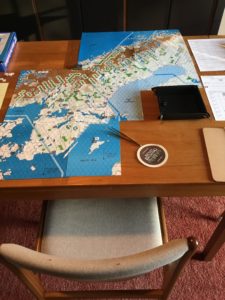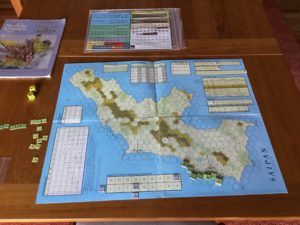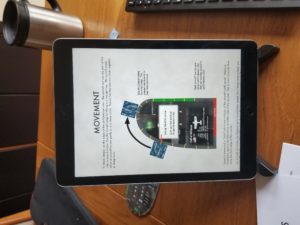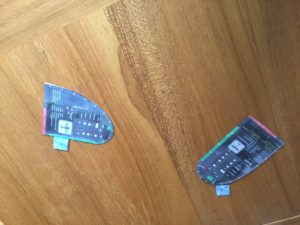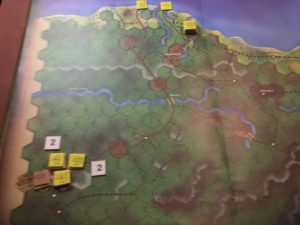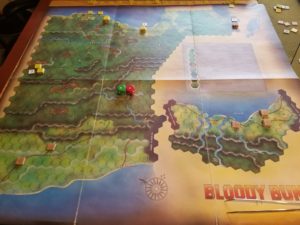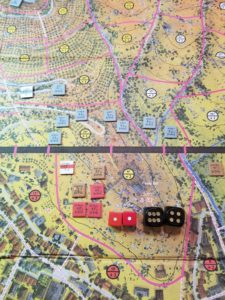Huge Disclaimer Primarily For Those That Were And Have Probably Been Involved In Flame Wars In Any Form Of Europa List Past, Present And Future……
This is not an attempt at crafting an A Strange Alternate History Scenario……..Just playing with counters and possibilities.
Every time War In The Desert (WITD) comes off the shelf, I’ve looked at all those Turkish counters, and what a waste it is they remain neutral and unplayed.
Information concerning “Gertrude”, the German plan to invade Turkey, seems scarce and vague. Strategy and Tactics published a World At War game a couple of years ago. I bought it, looked it over, and sold it. Too much emphasis on special operations, which seemed strange for an operational game. However, I did note their conjectural divisional/corps Axis force list as a starting point for Europa, as Turkish initial dispositions and reinforcements are in WITD.
Gertrude was considered an unnecessary diversion of resources, given the demands of other theaters. Maybe the operation would have taken place if Hitler pursued a Southern Strategy.
Developing a context for invasion became an interesting thought exercise. Plausibility of each of these factors is, by definition, subject to plenty of debate and/or outright dismissal. However, I had to start somewhere.
During the process, I came to more fully appreciate how strategically important Great Britain’s operations during the Spring and Summer of 1941 were. During this period, Britain quashed the Golden Square’s revolt in Iraq, invaded Syria to remove the collaborationist Vichy forces and, with the Soviet Union, invaded and occupied pro-German Iran. These actions secured Turkey’s southern borders from possible pro-German military activities.
My framework assumes these operations take place, despite the interesting possibilities inherant in an invasion of Turkey involving Vichy, Iraqi and, possibly, Iranian troops.
The framework also assumes an invasion would not have taken place in 1941 after Marita-Merkur or before Operation Barbarossa.
This leaves Spring-Summer of 1942 as a possible time frame for invasion. However, German forces were stretched to the limit for Case Blue, with other assets committed to Rommel in North Africa.
To get around these limiting elements, my framework assumes the Germans pulled back from Moscow in late 1941, avoiding significant losses during the Soviet winter counter-offensive, with greater resources available in the East for 1942’s offensives. Also, that units in France were available for use in Gertrude. Operation Jubilee (Dieppe) did not occur until August.
Fall Gertrude would now be a pincer aimed at meeting Case Blue’s forces in the vicinity of Grozny, securing Turkish mineral resources and the Baku oil fields. The victorious German forces would now threaten British held Syria and, by extension, the Suez Canal.
It’s a start. Accepting these highly arguable assumptions, the next step was to develop a German force list.
